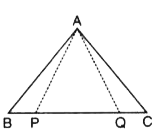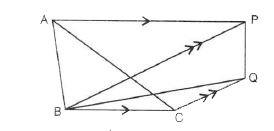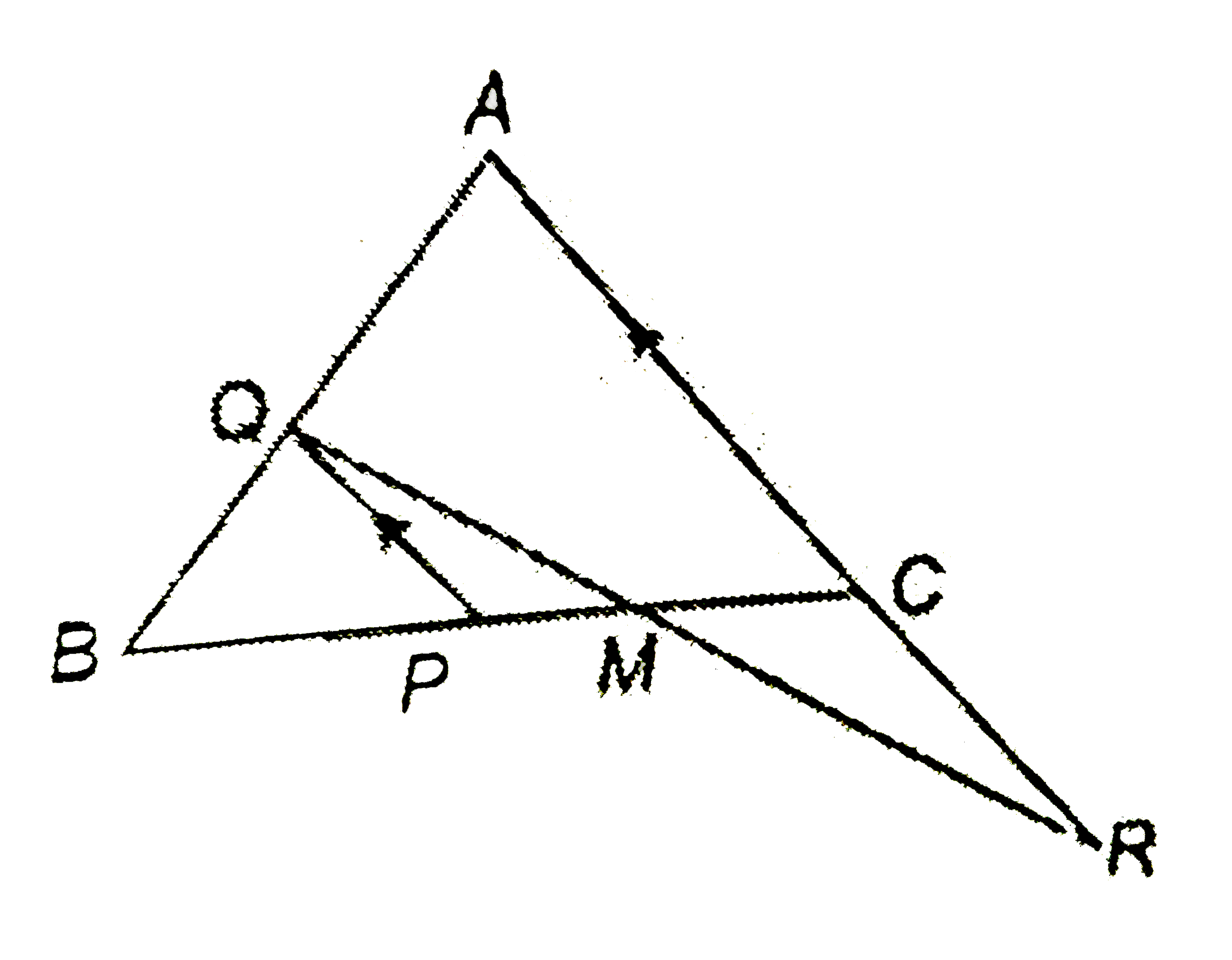From the given figure, prove that :
AP+BQ+CR=BP+CQ+AR
Also show that
AP+BQ+CR=12×Perimeter of ΔABC.

Step by step video & image solution for From the given figure, prove that : AP+BQ+CR=BP+CQ+AR Also show that AP+BQ+CR=1/2xx"Perimeter of " DeltaABC. by Maths experts to help you in doubts & scoring excellent marks in Class 10 exams.
Updated on:21/07/2023Topper's Solved these Questions
- TANGENTS AND INTERSECTING CHORDSBOOK - ICSECHAPTER - TANGENTS AND INTERSECTING CHORDSEXERCISE - EXERCISE 18 (B)
18 Videos
- TANGENTS AND INTERSECTING CHORDSBOOK - ICSECHAPTER - TANGENTS AND INTERSECTING CHORDSEXERCISE - EXERCISE 18 (C)
42 Videos
- TANGENTS AND INTERSECTING CHORDSBOOK - ICSECHAPTER - TANGENTS AND INTERSECTING CHORDSEXERCISE - EXERCISE 18 (C)
42 Videos
- SPECIMEN QUESTION PAPER (MATHEMATICS)BOOK - ICSECHAPTER - SPECIMEN QUESTION PAPER (MATHEMATICS)EXERCISE - Section C
12 Videos
- TRIGONOMETRICAL IDENTITIESBOOK - ICSECHAPTER - TRIGONOMETRICAL IDENTITIESEXERCISE - QUESTIONS
22 Videos
Similar Questions
In the given figure, AP||BQ||CR. Prove that ar(ΔAQC)=ar(ΔPBR)

View SolutionIn the given figure, AP = 8 cm, BP = 22 cm, AQ = 12 cm and QC = 8 cm

Show that ΔAPQ is similar to ΔACB.
View SolutionThe given figure shows a ΔABC in which AB =AC and BP =CQ .
Prove that :
(i) ΔABQ≅ΔACP.
(ii) ΔAPQ is isosceles.

View SolutionIn the given figure, AP is parallel to BC, BP is parallel to CQ. Prove that the areas of triangles ABC and BQP are equal.

View SolutionIn the adjoining figure, D is the mid-point of side AB of ΔABC and P be any point on side BC. If CQ∣∣PD, then prove that:
area of ΔBPQ=12× area of ΔABC

View SolutionIn the given figure, ABC is an equilibrium triangle, PQ||AC and AC is produced to R such that CR=BP. Prove that QR bisects PC.

View SolutionIn the given figure, DE // BC.

Given that AD=12BD, calculate DE, if BC = 45 cm.
Also , find Ar.(ΔADE)Ar.(ΔABC)andAr.(ΔADE)Ar.(trapezium BCED)
View SolutionIn the following figure, BD is parallel to CA, E is mid-point of CA and BD = 12 CA.
Prove that : ar.(ΔABC)=2×ar.(ΔDBC)

View SolutionIn the following figure, BD is parallel to CA, E is mid-point of CA and BD = 12 CA.
Prove that : ar.(ΔABC)=2×ar.(ΔDBC)

View SolutionIn the given figure, bisectors AP and BQ of the alternate interior angles are parallel, then show that l ||m.

View Solution
